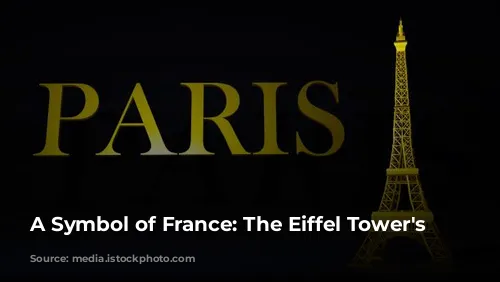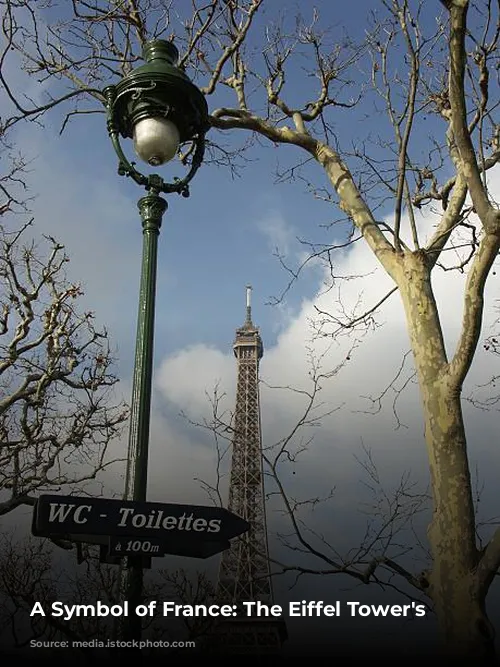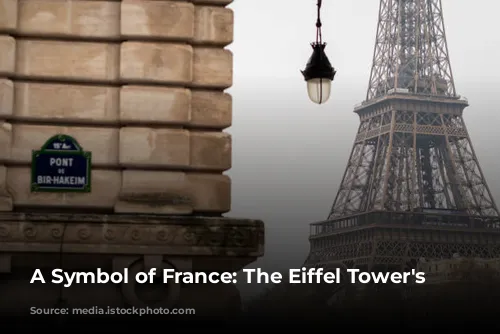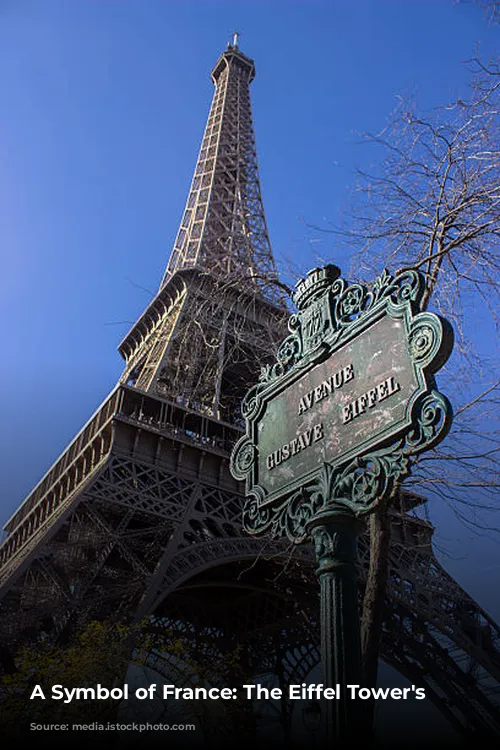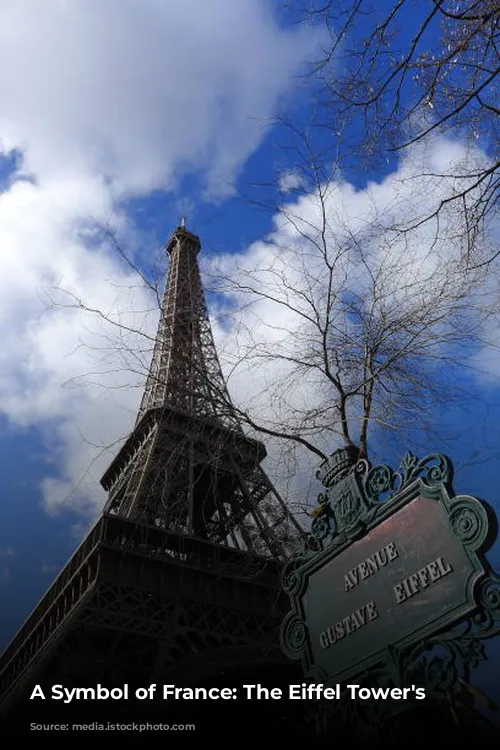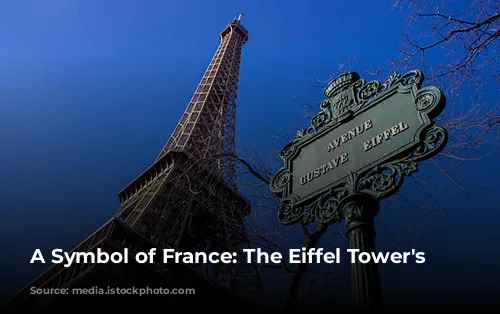The Eiffel Tower, a monumental marvel that dominates the Paris skyline, is a testament to human ingenuity and architectural brilliance. It is a symbol of France’s rich history, cultural heritage, and engineering prowess. But this iconic structure has had a fascinating journey from its conception to its global recognition.

A Tower Born of Ambition and Controversy
The Eiffel Tower was built in 1887-1889 as the entrance to the 1889 Exposition Universelle, a world’s fair held in Paris. Initially envisioned as a temporary structure to mark the 100th anniversary of the French Revolution, the tower’s impact transcended its original purpose. It became a symbol of progress and modernity, capturing the hearts of people around the world.
While the tower’s elegance and grandeur were undeniable, it wasn’t without its detractors. Many critics dismissed it as an eyesore and an affront to Paris’s architectural heritage. Yet, the Eiffel Tower’s popularity grew rapidly, proving its critics wrong and securing its place as a cultural icon.

The Genius Behind the Tower
The architect behind this architectural masterpiece was Gustave Eiffel, a renowned engineer known for his innovative designs. However, the tower’s design wasn’t entirely his creation. The initial blueprint for a 300-meter tower, featuring four sturdy columns, was conceived by two architects employed by Eiffel.
Eiffel’s keen business sense and strategic maneuvering played a crucial role in the tower’s construction. He secured a patent for the design, ensuring his company’s monopoly on building such a structure. He also bought the usage rights to the tower, ensuring his name would forever be associated with this architectural marvel.

Building the Eiffel Tower: Overcoming Challenges
The construction of the Eiffel Tower was no easy feat. It involved cutting-edge engineering, skilled craftsmanship, and tireless dedication. Despite encountering challenges and criticism from those who doubted its feasibility, the project was completed on time and within budget.
In 1889, the Eiffel Tower was unveiled to the world, sparkling with a dazzling spectacle of light, and drawing crowds from far and wide. The tower’s imposing height, graceful curves, and ornate details left visitors awestruck.

Evolving Roles of a Monument
The Eiffel Tower’s significance extended far beyond being a mere tourist attraction. It served a multitude of purposes throughout the years, playing a vital role in communications, science, and defense. The tower housed a telegraph transmitter, a weather station, and a Foucault pendulum, facilitating scientific advancements.
During World War I, the tower became a strategic communications hub for the French military. It was also used as a transmission center for Radio Tour Eiffel, marking the birth of public radio broadcasting in France. The Eiffel Tower’s role in advancing technology further cemented its place in history.

A Lasting Legacy
The Eiffel Tower, originally intended as a temporary structure, has stood the test of time and become a permanent fixture in the landscape of Paris. It has witnessed numerous historical events, from the triumph of the French Revolution to the tragedies of world wars, serving as a symbol of resilience and hope.
Today, the Eiffel Tower is one of the most visited landmarks in the world, attracting millions of tourists each year. It is a testament to human ingenuity, architectural prowess, and the enduring power of cultural symbols. The tower’s journey, from humble beginnings to global icon, continues to inspire and captivate people across generations.

